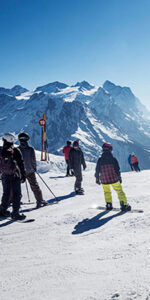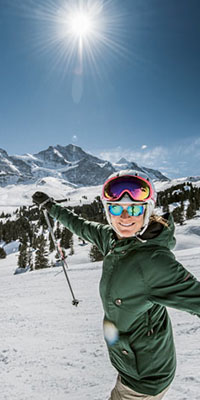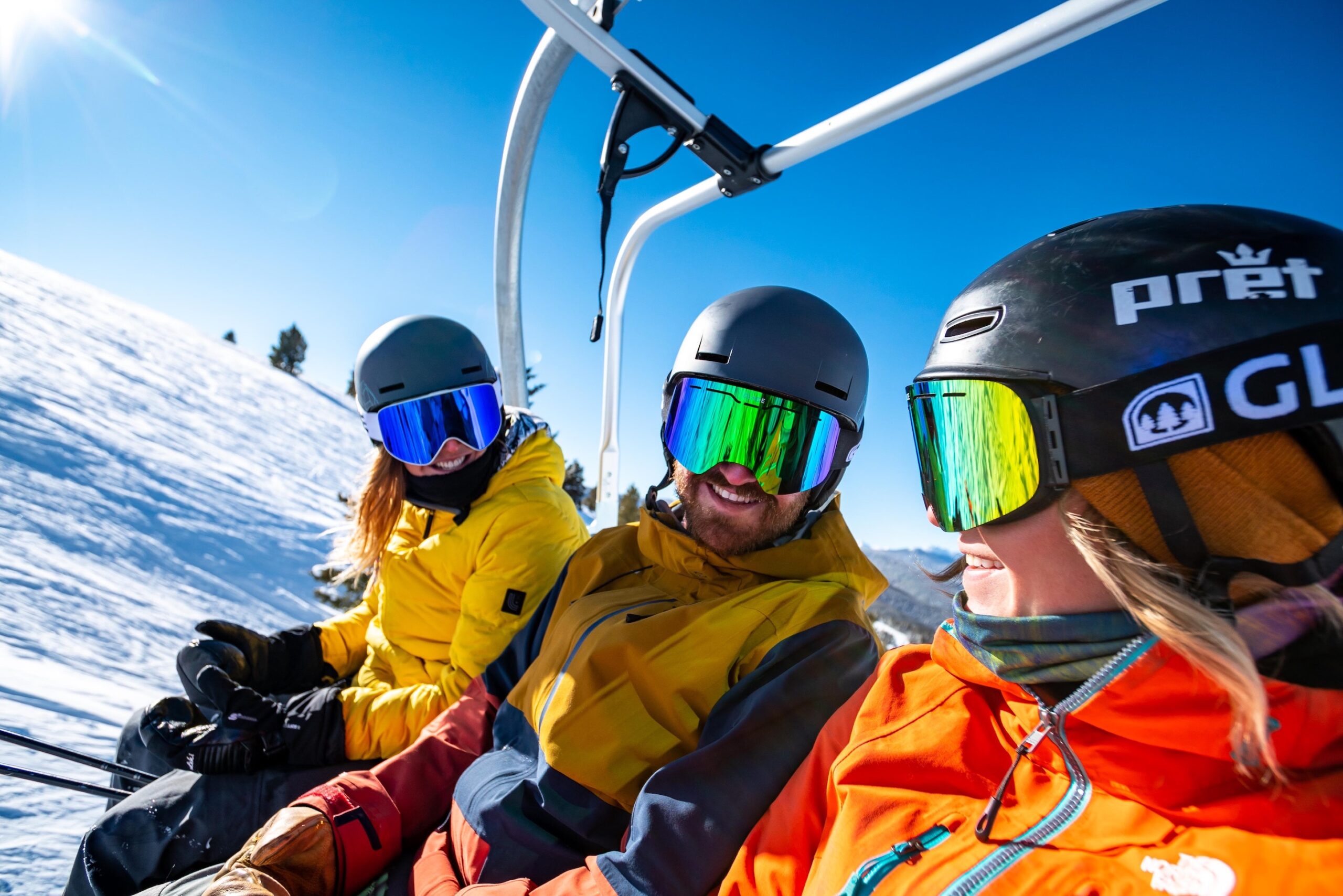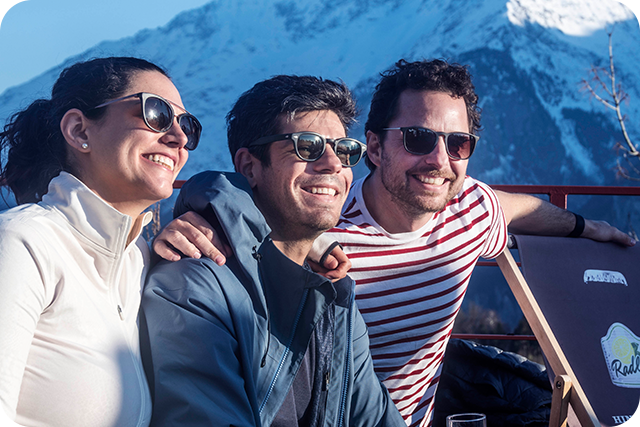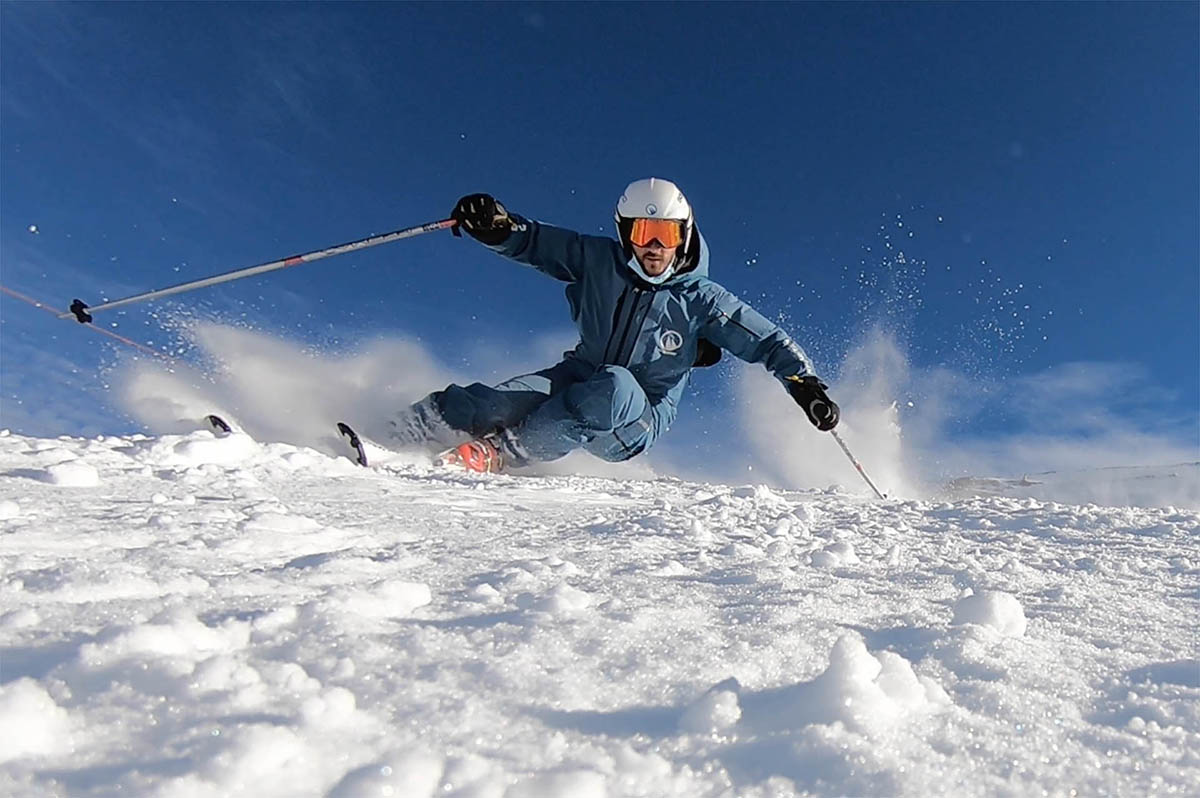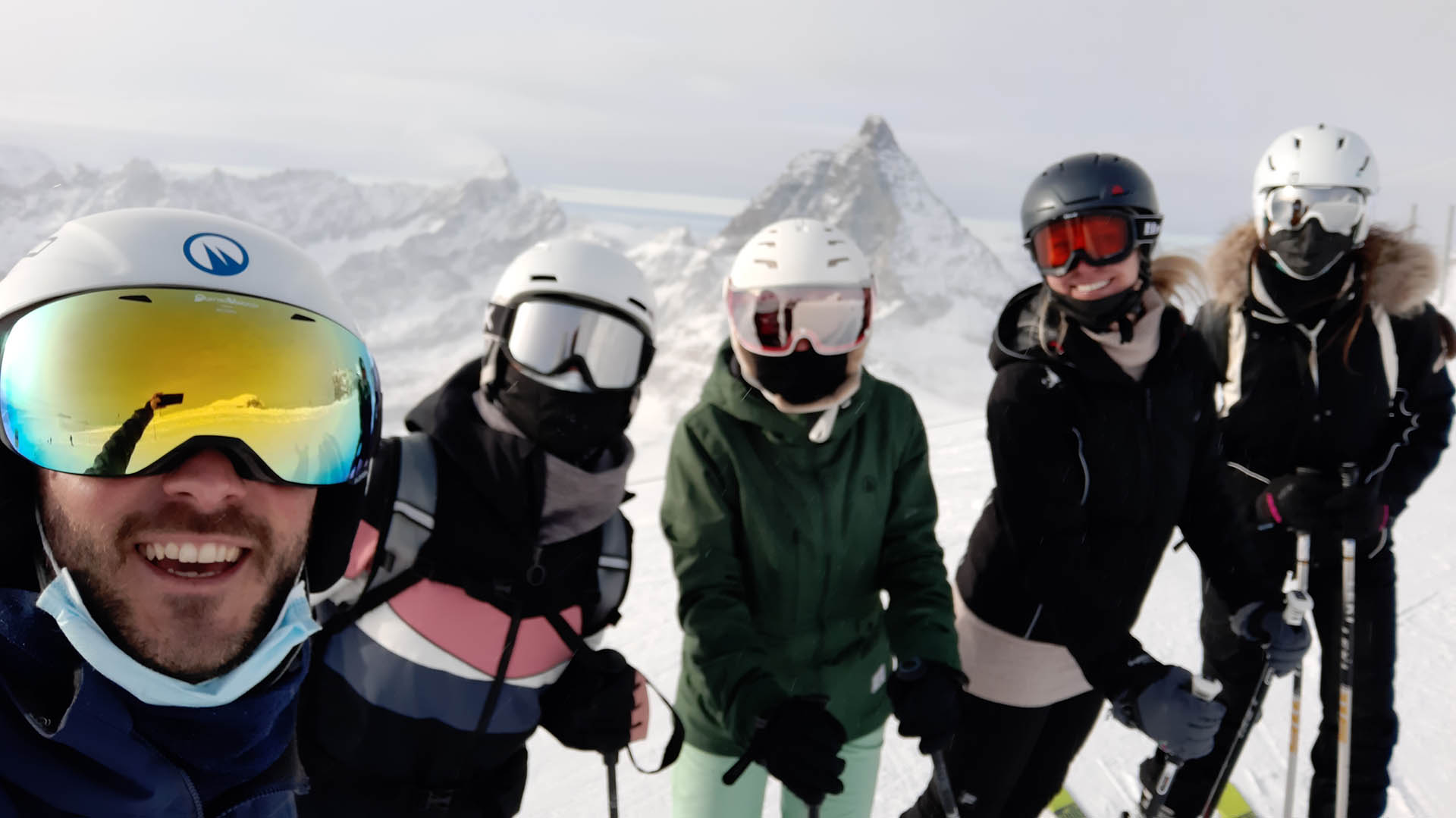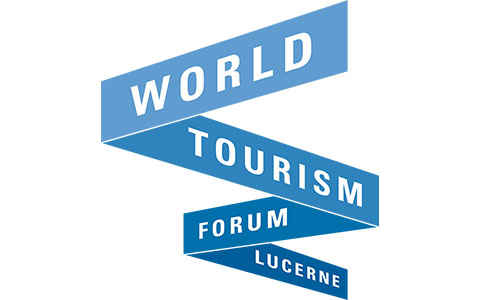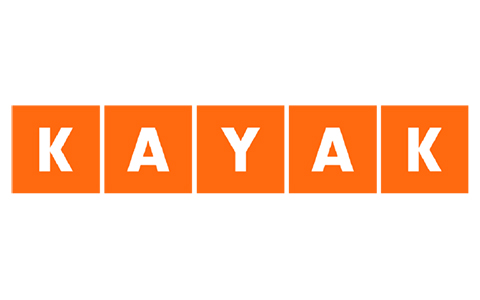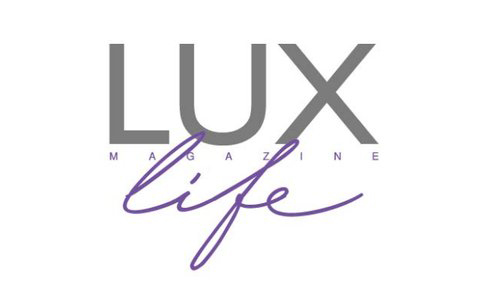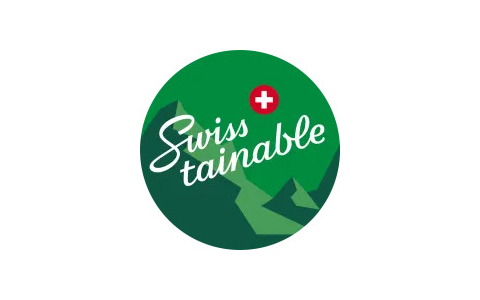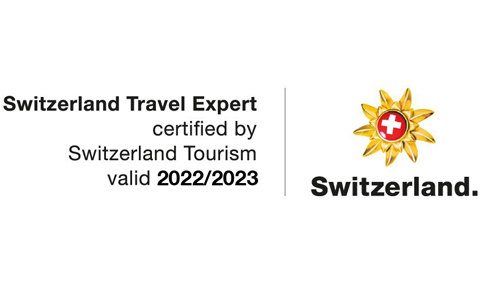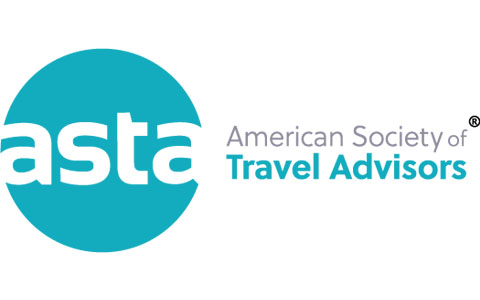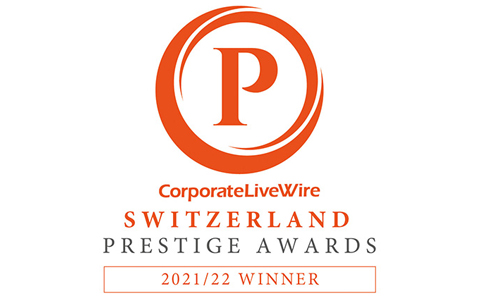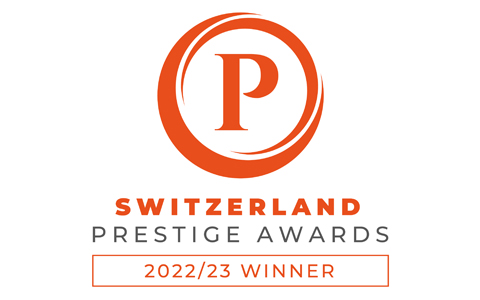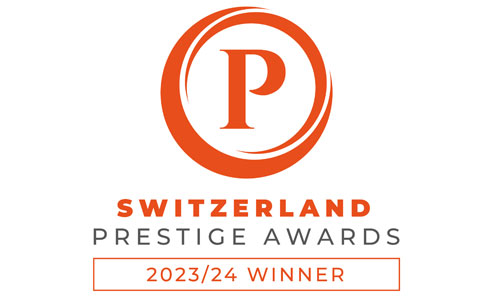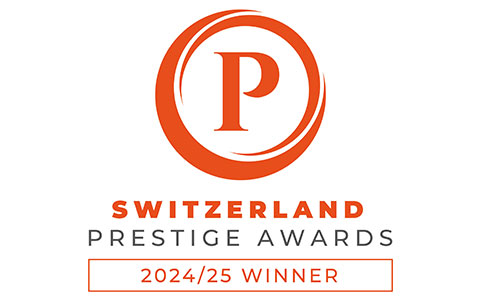Ski Goggles Or Sunglasses?
Goggles and sunglasses are part of every skiers’ accessory kit. Which one to choose when you’re a beginner?
Let’s have a look.
Are ski goggles or sunglasses an essential part of the skier’s armory?
The choice of sunglasses or goggles seems to be less important than the choice of skis or boots. For many, it’s the last thing they think about – and having spent majority of their budget on other essential items they are likely to opt for something more affordable. Are goggles worth a splurge?
Picking out a new equipment to hit the slopes can be challenging. Sellers usually operate with a thick jargon regular clients have troubles understanding. It can be daunting to make a decision especially without much experience or skills. Most of us have three rules: good quality, comfort and safety for relatively good price. But while we know, that choosing good boots and proper outerwear is crucial for our comfort, we tend to pay less attention to eyewear. Additionally, having spent a pretty penny on the rest of the gear we are reluctant on spending another couple dozen on eyewear. After all, how important can it be?
Blinded on the slope
If we can give you one advice: don’t ski without goggles or sunglasses. It may seem a trivial accessory at first but all who ever did sports or work in snowy or icy environment know, that snow and sun is a blinding combination. Sunrays reflect on the white and being surrounded with swaths of immaculately white land, one gets blinded a lot. Reflected sunlight making it super hard to see well from a distance.
Seeing well on the slope is very important. At the average speed of 40 km/h or 20-30 m/ph you develop during a run down, you must be able to notice the details of your surrounding. A second of blindness can lead to a serious accident: involving you and other skiers. While not always causing a serious problem, skiing without eye protection can simply be suboptimal. Sun exposure makes a lot of us tear up, squint and feel discomfort.
On the other hand, it’s important to protect our eyes from the snow splashes, occassional low hanging branches, wind, rain and other elements that may happen on the slope. As they say: better safe than sorry and we firmly stand by that statement.
Ski goggles or sunglasses?
When it comes to chose between ski goggles or sunglasses there is a lot of personal preference involved of course. But here are some tips which might sway your decision.
Ski sunglasses are sunglasses for skiing. With the addition of wider coverage than typical lifestyle sunglasses or fashion shades they help you see better on the slopes.
Snow goggles or ski goggles or snowboard goggles are a popular eyewear for snow sports, designed to provide protection from the wind and cold while increasing your vision and safety when sliding down the slopes. They offer more coverage than ski sunglasses and they create a seal that allows heat to be trapped inside to keep you warm. Snow goggles are secured to your head via an elastic strap.
“A bad day skiing beats a good day at work”
Differences between ski goggles or sunglasses:
- If you wear contact lenses, then skiing goggles could be a good idea, because they are snugger around your head and your eyes are less likely to get dry from the wind.
- Goggles are more likely to get foggy, again because they are snug around your face. Foggy goggles is a recurring problem for everyone but experienced skiers are less affected by it. To novices, this can be an issue. As a beginner you are more likely to fall regularly. Getting up you spend energy and induce perspiration. This can cause goggles to fog.
- Peripheral vision is better with skiing goggles than skiing glasses.
- Goggles do a better job of keeping the wind out of your eyes due to a foam seal that keeps them firm on your face. Again, this could be important if you wear contact lenses whilst skiing.
- Skiing glasses work very well when the weather is good and one needs less protection.
If you do wear skiing goggles, make sure they are polarized and offer UV protection. Goggles without those features will be quite useless as they will not block the snow glare and instead obscure your vision even further.
If you wear tinted contact lenses, then you could get away with it. And if you wear tinted spectacles, and the goggles are large, then that might also be fine, as you can wear the goggles over your spectacles. Bear in mind the point about goggle fogging though. This will apply equally to you if you wear glasses.
To buy or not to buy?
If you are new to skiing, professional skiing goggles or sunglasses might not be a necessary piece of equipment for you. You can get away wearing regular tinted sunglasses or do without them: as you are not likely to develop high speed or ski during bad weather, they won’t come in handy. Try skiing first and see whether you like it, then make a decision about buying goggles. If you want to try them anyway, you can rent gear, including helmet and goggles. Do not spend a lot of money on expensive accessories if you’re not sure you’ll use them again.
We hope that you have a better understanding of a choice between googles and sunglasses. Whichever you choose, remember to wear them regularly together with sunscreen – it’s very easy to get ski sunburns.
If you want to make the most of your next skiing holiday, book a ski instructor with My-Mountains or decide to book a whole skiing experience with us. Check our offers below.
Check out our latest Articles:
-
Best Time to Ski in Switzerland: The Guide to Powder Perfection18 October 2024/0 Comments
-
-
-
-
-
-


